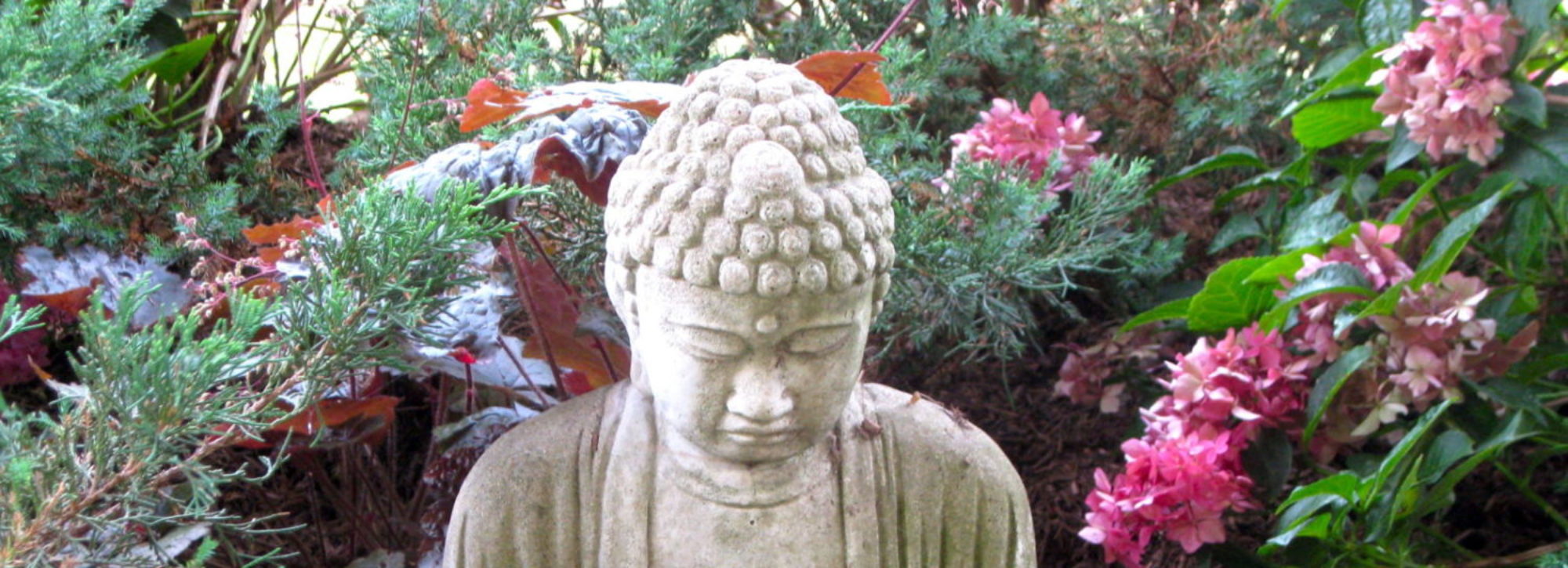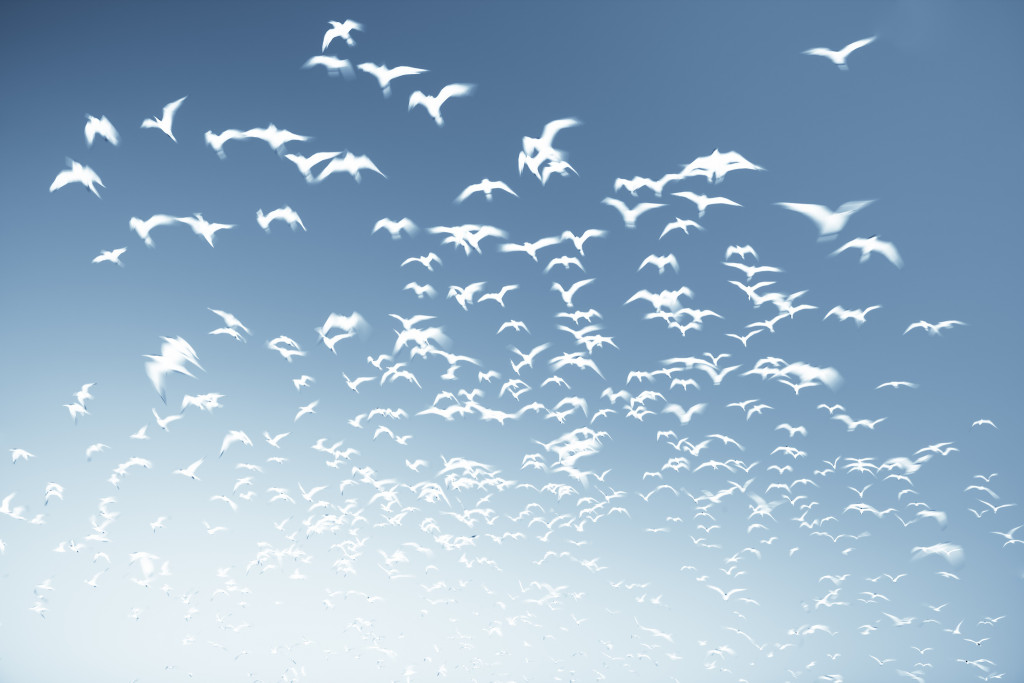”When a bird flies, no matter how high it flies, it cannot reach the end of the sky.”
—Eihei Dogen, Genjokoan (Okumura trans.)
The metaphor of an arhat’s or bodhisattva’s path being like that of a flying bird is a familiar Buddhist trope, recurring in the Dhammapada, the Ten Stages Sutra, the Perfection of Wisdom Sutras, and Dongshan Liangjie’s Recorded Sayings. When Eihei Dogen put his own specific spin on this avian metaphor, he was doing so to illustrate that there’s no end to practice/realization. In Theravada Buddhism there’s a path with a final destination: complete and perfect Enlightenment. In Dogen Zen there’s no path, no end to delusion, no end to realization, no end to practice. In Dogen’s non-dual universe realization is already present in our practice, and delusion is inseparable from it — separating delusion from enlightenment is itself a subtle form of dualism. When we sit zazen, we express an enlightenment that’s already present and always ”ours” given our Buddha-nature, but there’s no end to practice and our expression of realization.
In The Ethics of Ambiguity, Simone de Beauvoir describes another kind of endless process when she says of human aims, ”the goal toward which I surpass myself must appear to me as a point of departure toward a new act of surpassing.” This idea of existence as a continuous act of self-surpassing is relatively new in Western thought—something rooted in the nineteenth-century philosophies of Nietzsche and Hegel. A similar idea is carried forward in the twentieth-century philosophy of Alfred North Whitehead who describes a process of ”concresence” in which, in each and every moment, we create ourselves anew.
A complete description of any process—and process is all there is—includes an implied next step, a place where the process is heading, which in turn creates a new state of affairs and, along with it, a new next step. My lifting my leg and shifting my weight implies the step to follow. Feeling hungry implies the next step of searching for food. Oxygen combined with iron in an acidic environment implies the next step of an exchange of electrons. Seeds, soil, water, and sunlight have plants as their next step; Plants have seeds as their next step: the arrow of time points one way.
This endless self-surpassing, this forever taking of a next step, is a metaphor for how we live. Each moment reveals new possibilities, allowing Being to disclose itself in new ways. Each accomplishment opens up new horizons, and along with them, new questions, new disequilibria, and new abilities.
Buddhist practice changes us. Each time we sit, each time we exercise compassion, we’re subtly changed, and the odds of how we’ll act in the next moment have subtly shifted. Just as our ability to appreciate music and art changes with our increased experience of them, so our appreciation of zazen changes with experience. Our understanding of the limits of our compassion changes with experience, as does our understanding of what to do with our lives. Other things change too: our enchantment with material things; our understanding of sickness, old age, and death; our ratio of self-centered to altruistic thoughts; our emotional reactivity to adverse events. The opening words of the Heart Sutra dharani—gate, gate, paragate — “gone, gone, gone beyond” — express this self-surpassing movement: we’re always going ”beyond.” Only there’s no final, complete end to this beyond — only an endless movement towards the horizon.
There’s no end to the sky.

